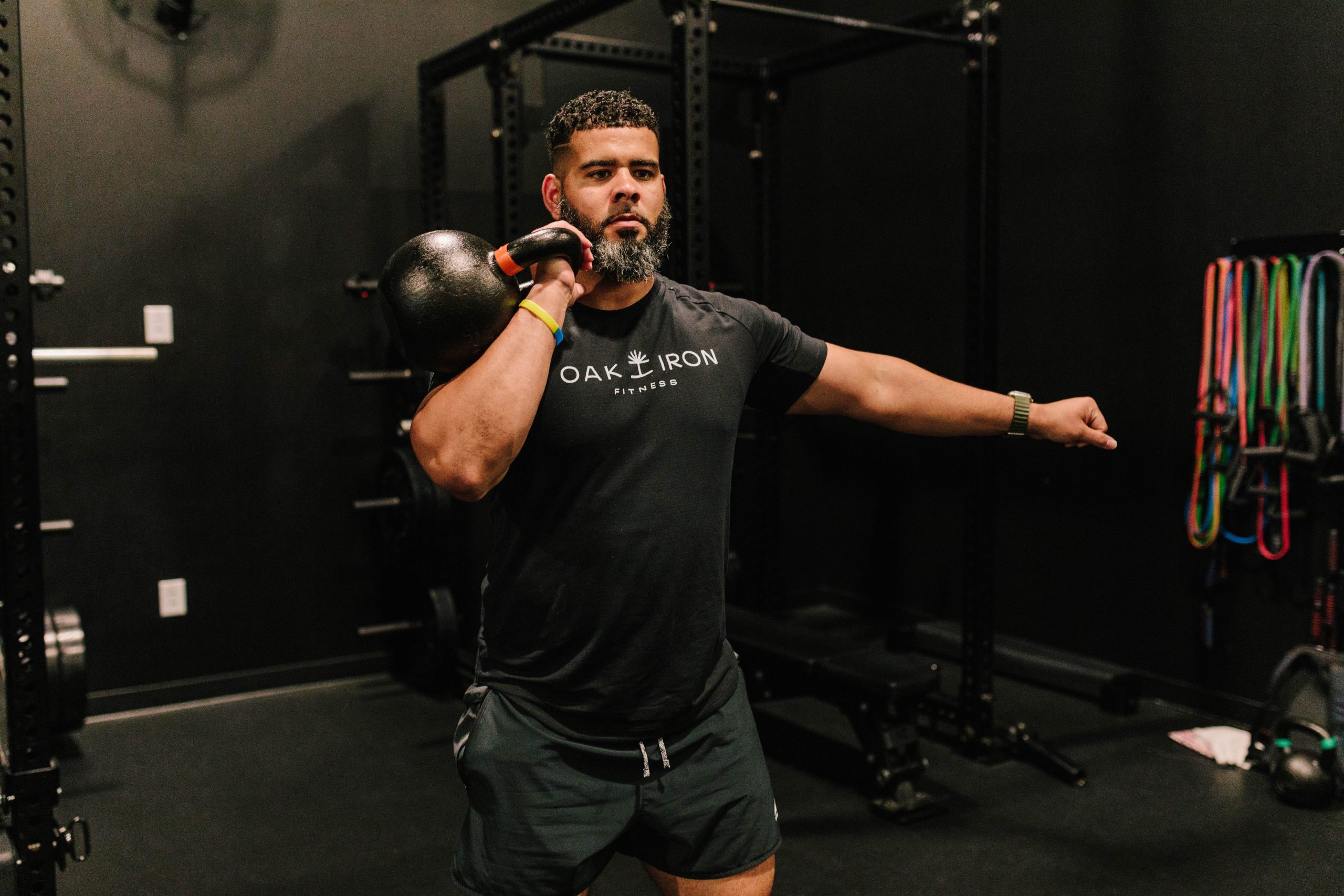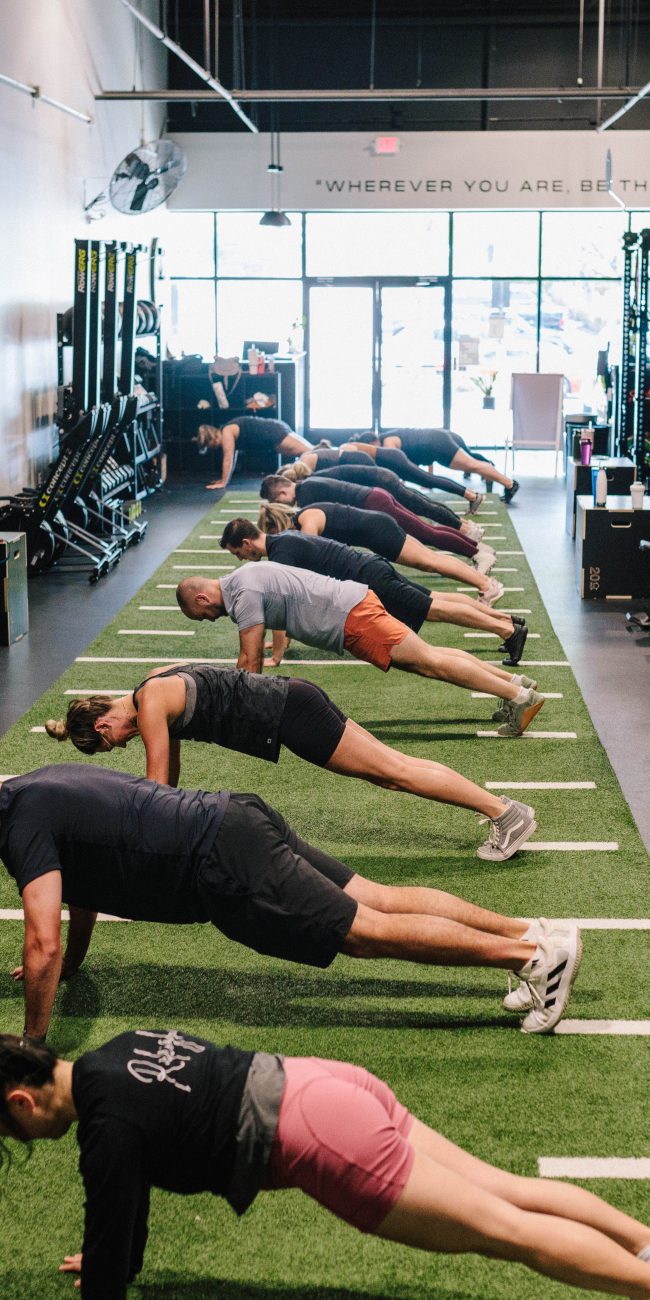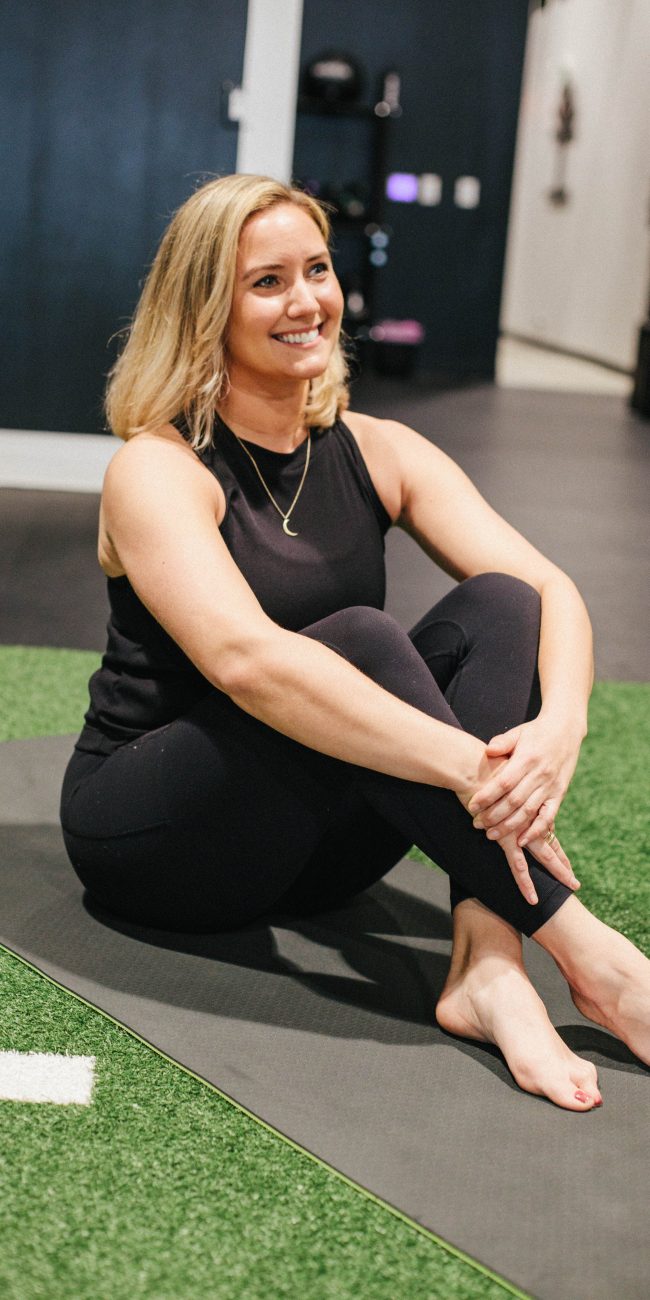
Understanding How Reps, Weight, and Rest Impact Your Fitness Goals
One of the biggest keys to getting the results you want in the gym, whether that’s building strength, increasing endurance, or changing body composition, is understanding how reps, weight, and rest actually influence how your body adapts.
Let’s break it all down so you can train smarter, not harder and more effectively based on your goals.
1. Reps: The “How Many” Factor
Reps (short for repetitions) refer to how many times you perform a movement before taking a break. The number of reps you do sends a signal to your body about what kind of adaptation to make.
Here’s a quick breakdown of what different rep ranges typically target:
- 1–5 reps = Strength
Heavy weight, low reps. This range is best for building raw strength and power, especially with compound lifts like squats, deadlifts, and bench press. At Oak + Iron, you’ll often see these as our test days! - 6–12 reps = Muscle growth (hypertrophy)
Moderate to heavy weight. This is the sweet spot for building muscle size. You’ll feel the burn here and see a lot of these rep ranges for movements that aren’t considered the “main lift” of the day or movement cycle. - 12–20+ reps = Muscular endurance
Lighter weights and higher reps help build your stamina and improve muscle conditioning over time.
2. Weight: The “How Heavy” Factor
The weight you lift matters—but it’s not just about going as heavy as possible. The weight should be challenging for the rep range you’re targeting.
A good rule of thumb:
You should have 1–2 reps “in the tank” by the end of your set (unless you are testing your absolute max!). If you’re breezing through all your reps, it’s time to go heavier. If your form breaks down halfway through, you might be lifting too heavy.
Adjust your weight based on:
- Your goal (strength, muscle growth, endurance)
- How you feel that day
- Your form—always prioritize moving well over ego!
3. Rest: The “How Long You Recover” Factor
Rest built into your workouts isn’t just a break—it’s a crucial part of training adaptation that often gets overlooked. How long you rest between sets affects how your body recovers and what energy systems you’re using.
Here’s how rest ties into your goals:
- 1–2 minutes = Best for hypertrophy
Keeps the muscle under fatigue and stress, which is key for growth. This is the reason why we alternate exercises with a partner at Oak and Iron often! - 2–5 minutes = Ideal for strength & power (ie. max rep tests)
Allows full recovery of your central nervous system and ATP stores, so you can hit your next heavy lift with max effort and not have to drop the weight lower. - 30–60 seconds = Great for muscular endurance & metabolic conditioning
Keeps your heart rate up and builds stamina.
So if you’ve ever wondered why your program calls for a full 2 to 3-minute rest between heavy squats or why we alternate hypertrophy exercises with a partner, it’s for a reason!
Putting It All Together
Want to build strength?
→ Lift heavy (1–5 reps), take long rest breaks (2–5 min), focus on big compound lifts.
Want to build muscle?
→ Stick to 6–12 reps, use moderate to heavy weights, and rest 1–2 minutes between sets.
Want to improve endurance or lean out?
→ Use lighter weights, 12+ reps, short rest periods (30–60 sec), and possibly circuit-style training.
Reps, weight, and rest aren’t just numbers—they’re tools that shape your progress. When you understand how they influence adaptation, you can fine-tune your workouts to better align with your goals. The magic is in the programming, not just the sweat.
Remember: an ideal workout program includes all of these rep, weight, and rest options so that you are able to train with longevity in mind!





